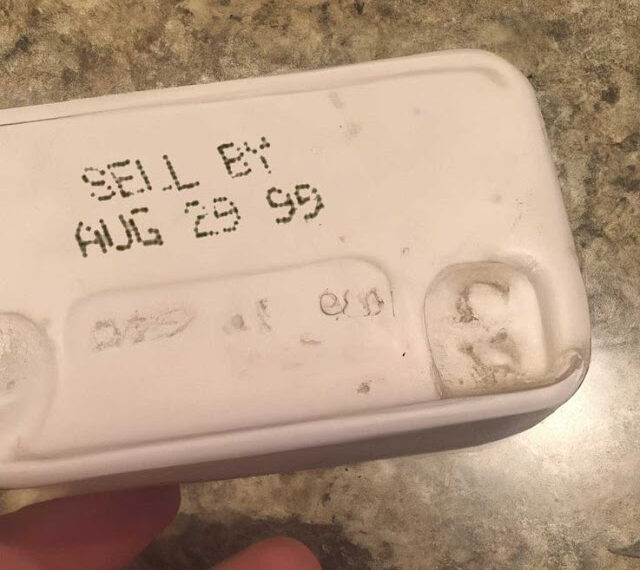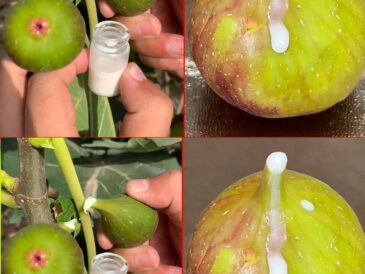###
Food expiration dates are essential indicators that help consumers make informed decisions about the safety and quality of their food. However, the various terms used can often be confusing. This article delves into the meanings of these dates, their historical context, and best practices for food safety.
#### The Evolution of Food Expiration Labels
The practice of dating food products has roots that extend back to the early 20th century, primarily driven by the need for food safety and waste reduction. As industrialization led to mass production and distribution, ensuring the freshness and safety of food became paramount.
– **Early 1900s:** The introduction of canning and preservation methods required some form of labeling to indicate when a product was no longer safe to consume.
– **1930s-1940s:** The concept of dating food gained more traction with the rise of consumer goods and an increasing awareness of food safety due to events like World War II, which highlighted the importance of efficient food supply chains.
– **1960s:** The U.S. government began to establish guidelines for food labeling, including expiration dates, as part of broader consumer protection efforts.
– **1980s-Present:** Regulations evolved, leading to standardized terminology, although many inconsistencies remain across different countries and even within industries.
#### Common Terms and Their Meanings
1. **Expiration Date**
– **Definition:** The final date recommended for the use of a product while it is still at its peak quality.
– **Usage:** Commonly found on perishable items such as dairy products and meats. Consuming food past this date can pose health risks.
2. **Best Before Date**
– **Definition:** Indicates when a product is expected to retain its best flavor and quality.
– **Usage:** Found on a wide range of products, including canned goods and snacks. Food may still be safe to consume after this date, but quality may decline.
3. **Use By Date**
– **Definition:** The last date on which a product is safe to consume.
– **Usage:** Especially important for perishable items. Consuming food after this date can lead to foodborne illnesses.
4. **Sell By Date**
– **Definition:** A guideline for retailers indicating how long to display a product for sale.
– **Usage:** Not a safety date. Products should ideally be used or frozen soon after the sell-by date.
5. **Freeze By Date**
– **Definition:** Indicates when a product should be frozen to maintain its best quality.
– **Usage:** Useful for meats, bread, and other items that can be stored long-term through freezing.
#### The Importance of Food Safety
Understanding these dates is crucial for several reasons:
– **Health Risks:** Consuming expired food can lead to food poisoning or other health issues. Certain products, particularly dairy and meat, can harbor dangerous bacteria.
– **Food Waste:** Many consumers discard food based on labels without considering actual quality, leading to unnecessary waste. Awareness of the differences between dates can reduce this waste.
– **Consumer Rights:** Knowledge of expiration dates empowers consumers to make informed choices, demanding higher standards for food safety from producers.
#### Best Practices for Food Safety
1. **Visual and Olfactory Checks:**
– Always inspect food visually for signs of spoilage, such as discoloration, mold, or an off odor, regardless of the printed date.
2. **Proper Storage:**
– Store food in appropriate conditions. For instance, refrigerate perishables promptly, and keep canned goods in a cool, dry place.
3. **Understand Food Lifespans:**
– Some foods, like canned goods and dry pasta, can last well beyond their “best before” dates if stored correctly. Familiarize yourself with the shelf life of common items.
4. **Follow Manufacturer Guidelines:**
– Pay attention to the specific storage instructions provided by manufacturers, as these can impact the longevity of the product.
#### Conclusion
Food expiration dates are not merely suggestions; they play a critical role in food safety and quality assurance. Understanding these terms and their historical context can help consumers make better choices, reduce food waste, and ensure a safer dining experience. By following best practices for food storage and inspection, you can enjoy your food while minimizing health risks and contributing to a more sustainable food system.




